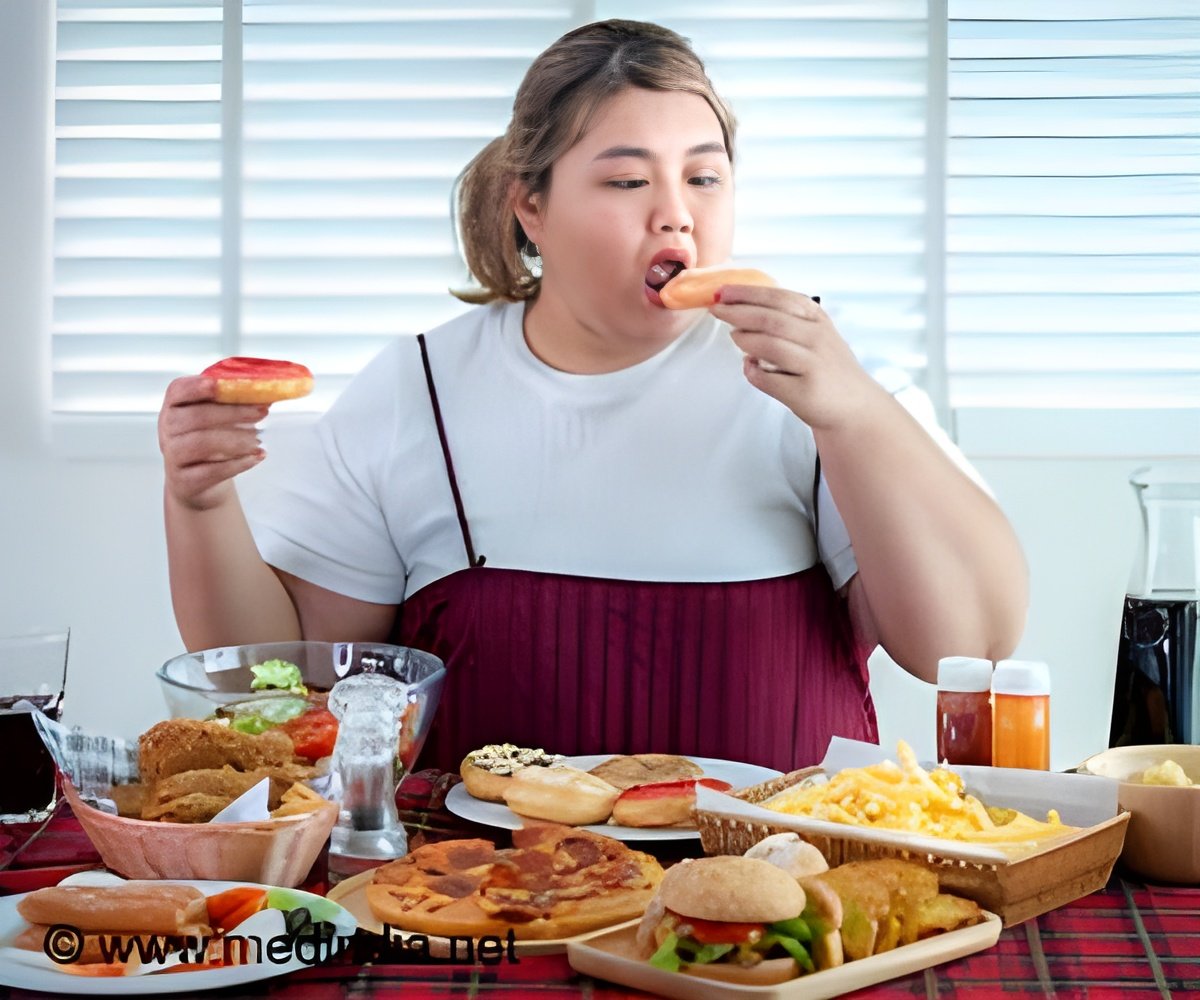- Optimize flavor by storing items like watermelons and tomatoes at room temperature, preserving their natural taste
- Maintain food texture by recognizing the impact of refrigeration on items such as potatoes and bell peppers
- Practice selective refrigeration for items like avocados, while strategic storage outside the fridge extends shelf life without compromising quality
In our daily routine, tossing almost anything into the refrigerator is a habit, especially after a trip to the supermarket. However, some produce thrives better at room temperature. Refrigeration will lower their quality and make them taste worse than if they were just stored at ambient temperature. Let’s explore the optimal storage conditions for certain foods to ensure their freshness and taste.
Foods That Do Not Need Refrigeration
Whole Melons:
Refrigeration can reduce antioxidants in watermelons by half. USDA study recommends storing watermelons at room temperature for higher beta-carotene levels (1). Sliced melons can be chilled to prevent bacterial growth.
Basil:
Storing basil below 40 degrees F turns it black quickly. Keep it on the counter, submerged in water like a vase, and cover it with a zip-lock plastic bag for moisture.
Potatoes:
Cold temperatures convert potato starch to sugar, resulting in a gritty texture and slightly sweet flavor (2). Store potatoes in a paper bag in a cool pantry to maintain optimal texture.
Cucumbers:
Keeping cucumbers in the fridge leads to a watery and pitted texture. Store them outside the fridge for better quality.
Onions:
They need air circulation to stay fresh. Store whole onions in a hole-punched paper bag in the pantry and refrigerate chopped onions.
Tomatoes:
Cool air alters chemical pathways in tomatoes, affecting their flavor (3). Store whole tomatoes on the counter for a more delicious taste.
Coffee:
Moisture in the fridge deteriorates coffee beans (4). Store coffee beans in an airtight container in the pantry for a fresh and bold flavor.
Advertisement
Garlic:
Garlic cloves fare best at temperatures between 60 and 65°F. Store garlic in a ventilated container in a cool place (5).
Hot Sauce:
Vinegar and preservatives keep hot sauce from spoiling at room temperature. In the fridge, it might lose some heat.
Advertisement
Honey:
Refrigeration causes honey to seize up and crystallize. Room temperature is ideal for this sweetener.
Sliced Bread:
While refrigeration prevents mold, it dries out the loaf. Store extra bread in the freezer and bring it to room temperature before consumption.
Nuts:
For optimal flavor, store nuts in an airtight container in the pantry. Refrigeration can prolong quality but is optional.
Avocados:
Keep avocados at room temperature if hard; refrigerate if ripe and not using immediately. Refrigeration helps extend the shelf life of overripe avocados.
Stone Fruits:
Peaches, plums, nectarines, and apricots ripen to perfection at room temperature.
Olive Oil:
Store olive oil in a cool, dark place to maintain its liquid consistency. Refrigeration can create a harder, butter-like texture.
Bell Peppers:
Avoid putting bell peppers in the fridge to prevent them from becoming mushy. Low temperatures can lead to a loss of crunchiness in bell peppers.
Pickles:
Since pickles are already preserved in brine, there’s no need to refrigerate them. Keep pickles in your pantry until you’re ready to enjoy them.
Chocolate:
Maintain chocolate at room temperature in a dark and dry place for maximum flavor. Refrigeration can cause a grainy consistency, impacting the overall quality (6).
Eggplant:
If consuming eggplant within a few days, it’s acceptable to store it on the counter. Refrigeration may dull the flavor, so eat it promptly.
Whole Watermelon:
A large, uncut watermelon doesn’t require fridge space. Store it at room temperature on the counter until it’s time to slice. Once sliced, wrap and refrigerate for freshness.
Understanding the optimal storage conditions for each item ensures not only longevity but also preserves their taste and quality. Make informed choices to enhance your kitchen storage practices.
References:
- Carotenoid changes of intact watermelons after storage
Perkins-Veazie P, Collins JK. Carotenoid changes of intact watermelons after storage. J Agric Food Chem. 2006 Aug 9;54(16):5868-74. doi: 10.1021/jf0532664. PMID: 16881688. - The Response of Carbohydrate Metabolism in Potato Tubers to Low Temperature, Plant and Cell Physiology
Jacob G. Malone, Valentina Mittova, R. George Ratcliffe, Nicholas J. Kruger, The Response of Carbohydrate Metabolism in Potato Tubers to Low Temperature, Plant and Cell Physiology, Volume 47, Issue 9, September 2006, Pages 1309–1322, https://doi.org/10.1093/pcp/pcj101 - Chilling-induced tomato flavor loss is associated with altered volatile synthesis and transient changes in DNA methylation
https://doi.org/10.1073/pnas.1613910113 - Effect of temperature and relative humidity during transportation on green coffee bean moisture content and ochratoxin A production
Palacios-Cabrera HA, Menezes HC, Iamanaka BT, Canepa F, Teixeira AA, Carvalhaes N, Santi D, Leme PT, Yotsuyanagi K, Taniwaki MH. Effect of temperature and relative humidity during transportation on green coffee bean moisture content and ochratoxin A production. J Food Prot. 2007 Jan;70(1):164-71. doi: 10.4315/0362-028x-70.1.164. PMID: 17265876. - The Effect of Different Storage Conditions on Phytochemical Composition, Shelf-Life, and Bioactive Compounds of Voghiera Garlic PDO. Antioxidants (Basel)
Tedeschi P, Brugnoli F, Merighi S, Grassilli S, Nigro M, Catani M, Gessi S, Bertagnolo V, Travagli A, Caboni MF, Cavazzini A. The Effect of Different Storage Conditions on Phytochemical Composition, Shelf-Life, and Bioactive Compounds of Voghiera Garlic PDO. Antioxidants (Basel). 2023 Feb 16;12(2):499. doi: 10.3390/antiox12020499. PMID: 36830057; PMCID: PMC9952458. - Impact of storage on dark chocolate: texture and polymorphic changes
Nightingale LM, Lee SY, Engeseth NJ. Impact of storage on dark chocolate: texture and polymorphic changes. J Food Sci. 2011 Jan-Feb;76(1):C142-53. doi: 10.1111/j.1750-3841.2010.01970.x. PMID: 21535643.
Source-Medindia



